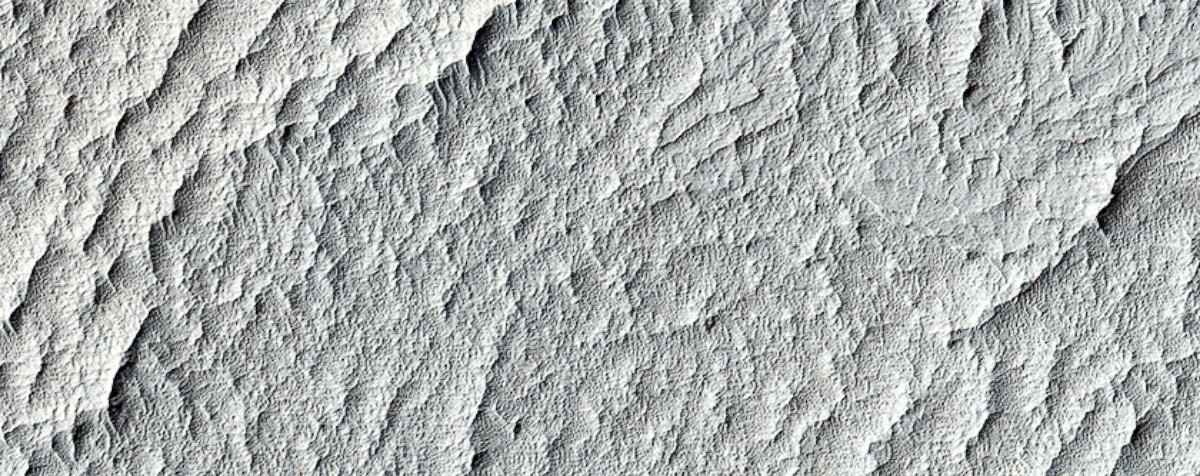Real-Life Mars Photos Show Where 'The Martian' Astronaut Would Have Been Stranded
NASA shows off some of the places Matt Damon would have been in the movie.
— -- NASA's love affair with Mars is at an all-time high. Not only did NASA release a detailed report last week on its goal of sending humans to the Red Planet in the 2030s, but the space agency has been weighing in on what's fact and what's fiction in the movie "The Martian."
The latest release from the High Resolution Imaging Science Experiment on the Mars Reconnaissance Orbiter show a series of landscapes on the Red Planet where Matt Damon's character, astronaut Mark Watney, would have been stranded.
NASA said Andy Weir, the author of "The Martian," provided coordinates for NASA to take a photo of the fictional Ares 3 landing site in southern Acidalia Planitia, located within driving distance of the Pathfinder lander and the Sojourner rover.

The Acidalia Planitia region in "The Martian" is smoother and easy for Watney to drive over, but NASA said in real life, the area is more hazardous, with mounds and areas that are perhaps ancient volcanoes making up the landscape.

Another image shows the Ares 4 site, where a future mission is set to land. It's located in a shallow crater in the southwestern corner of Schiaparelli Crater, an area located near the Martian equator.
NASA has been having fun talking about the movie and how it compares to what the Red Planet is like in real life. While powerful winds tear through part of the astronauts' camp in the movie, NASA experts said last month it's unlikely a Martian dust storm could leave any future visitors stranded in real life.
"Even the wind in the largest dust storms likely could not tip or rip apart major mechanical equipment. The winds in the strongest Martian storms top out at about 60 miles per hour, less than half the speed of some hurricane-force winds on Earth," a NASA blog post explained.
Martian dust storms sometimes stir up enough dust to be seen by telescopes on Earth, but the atmosphere on Mars is 1 percent as dense as Earth, making the intensity of the storms different.
"The key difference between Earth and Mars is that Mars’ atmospheric pressure is a lot less," William Farrell, a physicist who has studied Martian dust storms said, according to NASA. "So things get blown, but it’s not with the same intensity."




